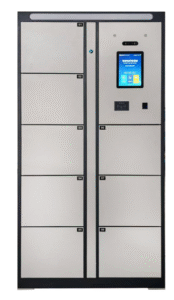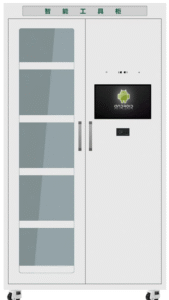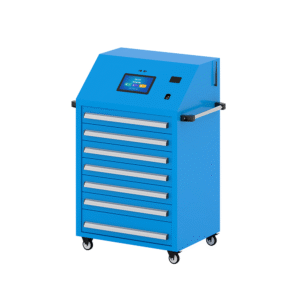The RFID Shared Tool Cabinet is a specialized tool management solution developed by HYVODA for “multi-user concurrent sharing, cross-department tool circulation, and efficient utilization of common tools” scenarios. Centered on UHF RFID automatic identification technology, it integrates a flexible storage structure (pegboard design) and intelligent permission management, realizing “unified storage, shared access, automatic tracking, and data-driven allocation” of tools.
This product addresses key pain points in traditional shared tool management, such as “disordered tool placement due to multi-user use”, “difficulty in tracing which user took a tool”, “low utilization rate of idle tools”, and “time-consuming manual inventory”. It supports centralized background management and multi-modal identity verification, allowing multiple users (from the same or different departments) to access shared tools on demand. It is an ideal choice for workshops, laboratories, small-to-medium manufacturing enterprises, and maintenance teams to optimize tool resource allocation and reduce redundant tool purchases.





